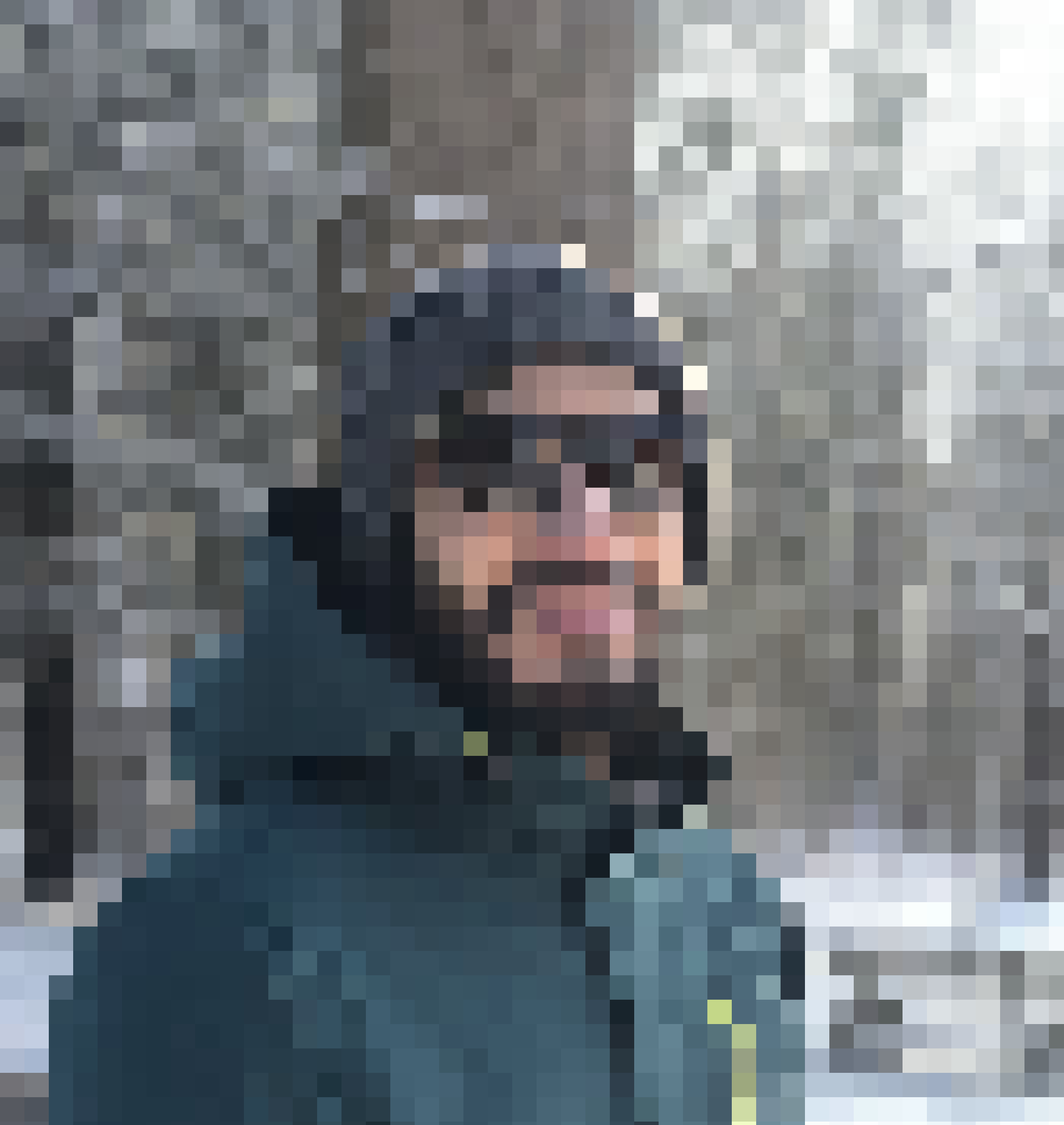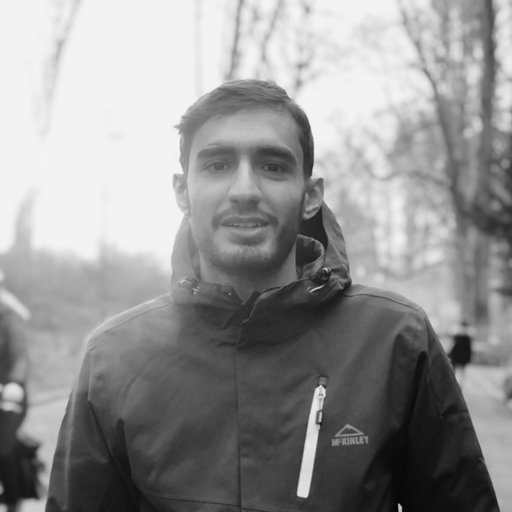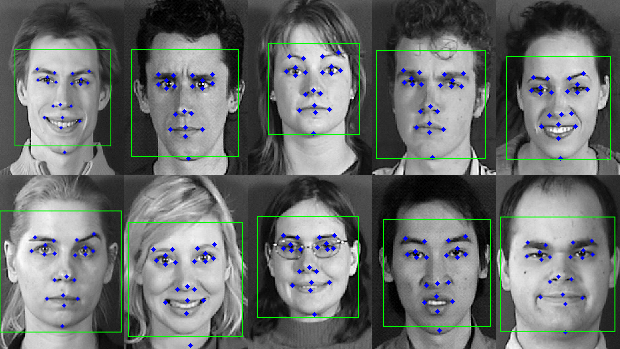

Short bio : I have more than 4 years of working experience in computer vision. Currently, I am postdoc-researcher at Université Grenoble Alpes INP. Check out my publications, teaching, and projects for more information.
Oussama.location
Lyon, France
Oussama.education
Ph.D in Image processing using Deep Learning (DL)
Master's in Automation and system's control
Oussama.contact
Oussama.resume
Oussama.skills
[C/C++, Python, Matlab, Pytorch/Tensorflow, Firebase/Docker, GCS/AWS]
Oussama.interests
[AI, 3D Computer vision, Automation, Hacker spaces, Linux os]
Projects
"One project at a time, otherwise you are missing the fun." — O.M
Free-apps
"Unlock the world's potential with the power of free online apps." — Chat GPT
DeepQ image 2D v1.0
YOLOv8 detect v1.0
FaceAnalytics v1.0
Super-Resolution v1.0
Semantic Segmentation
AI - assistant
Online-apps
"Today, all you have to do is go online." — Bill Gates
Online 2D Image Quality Assessment (IQA)
Introducing an innovative online app that assesses the quality of 2D images using cutting-edge deep learning algorithms; a deep Vison Transformer (ViT) model.
All of the computing is done right on the edge of the client, which means you can easily use the app offline once it is loaded and evaluate images in a variety of formats, including JPEG, PNG, and others.
With this free app, you can be confident that your images will be evaluated precisely and accurately, allowing you to make informed decisions about the quality of your digital content. Whether you're a professional photographer, graphic designer, or just someone who wants to make sure their images are of high quality.
So why wait? Try the app today and experience the power of deep learning for yourself!
Left: the input partially distorted image. Right: the output quality map:

Online Quality Evaluation for Stereoscopic images without reference
The first online app for assessing the quality of stereoscopic 3D images. The metric is based on a deep Convolutional Neural Network (CNN) and does not require pre-processing; it should work with any image resolution greater than 32 x 32 pixels, and it supports all image formats (e.g., BMP, PNG, JPG, GIF ...etc).
Click on the link below to test the app, please note that the app does not record or save any user's data/images but a feedback is appreciated.

Online facial analysis with Javascript
The simplest way to deploy image processing applications online is to use javascript (on-edge execution). If there is an API and we only need to call the functions, it will be even easier and faster. I used the face-analysis API in this case to deploy online face analysis app from the user camera video stream. Please try the live demonstration (link below), the app does not record or save any user's data/images.

Teaching
"Teaching is the highest form of understanding." - Aristotle
2021-2022 Université lumière Lyon 2, Lyon, France
Teaching and coaching future engineers in the following courses:
❶ Intorduction to Web Design; Figma & Abdobe; HTML5, CSS
❷ Utility softwares (Word, Excel, Powerpoint ..etc)
❸ Algorithmic and programming using Blockly.
❹ Algorithmic and complexity using python language.
❺ Visual Basic for Application (VBA) programming language.

2020-2021 INSA centre Val de Loire, Blois, France
Teaching and coaching future engineers in the following courses:
❶ Algorithmic and coding using C language.
❷ Visual Basic for Application (VBA) programming language.

Publications
“The true sign of intelligence is not knowledge but imagination” - Albert Einstein
Publications list: Google Scholar
[1] O. Messai, A. Bentamou; A. Zein-Eddine; Y. Gavet "Activating Frequency and ViT for 3D Point Cloud Quality Assessment without Reference", in 2023 IEEE International Conference on Image Processing (ICIP), 2023 IEEE International Conference on Image Processing Challenges and Workshops (ICIPCW), Kuala Lumpur, Malaysia, 2023, pp. 3636-3640, doi: 10.1109/ICIPC59416.2023.10328373.
[2] O. Messai, A. Chetouani "End-to-End Deep Multi-Score Model for No-Reference Stereoscopic Image Quality Assessment", in 2022 IEEE International Conference on Image Processing (ICIP), Bordeaux, France, 2022, pp. 2721-2725, doi: 10.1109/ICIP46576.2022.9897616. [3] O. Messai, A. Chetouani, F. Hachouf, and Z. Ahmed Seghir, "3D Saliency guided Deep Quality predictor for No-Reference Stereoscopic Images", in Neurocomputing Journal, January 06, 2022, Elsevier. [4] O. Messai, A. Chetouani, F. Hachouf, and Z. Ahmed Seghir, "Deep Quality evaluator guided by 3D Saliency for Stereoscopic Images", in 26th International Conference on Human Vision and Electronic Imaging (HVEI), California, USA, January 18-21, 2021, p. 110, Society for Imaging Science and Technology (IST). [5] O. Messai, A. Chetouani, F. Hachouf, and Z. Ahmed Seghir, "No-reference Stereoscopic Image Quality Predictor using Deep Features from Cyclopean Image", in 18th International Conference on Image Quality and System Performance (IQSP), California, USA, January 18-21, 2021, p. 297, Society for Imaging Science and Technology (IST). [6] O. Messai, F. Hachouf, and Z. Ahmed Seghir, "Adaboost Neural Network and Cyclopean View for No-reference Stereoscopic Image Quality Assessment", Signal Processing: Image Communication, vol. 82, pp. 115772, March, 2020.